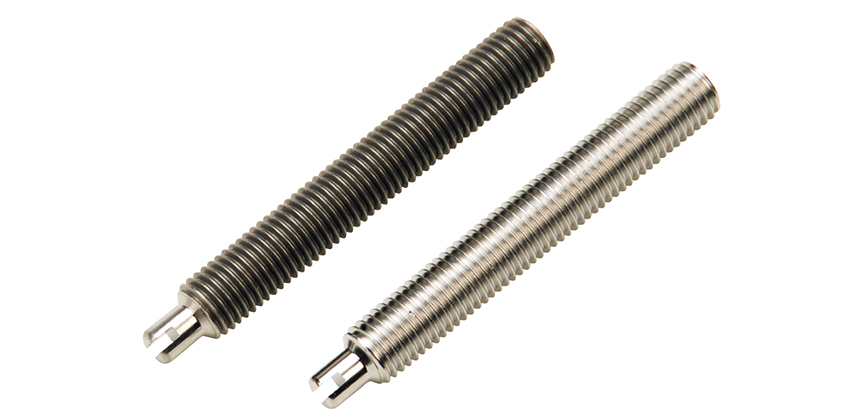Medical devices, tools and implantable items are used for highly sensitive procedures, and therefore must be expertly finished before they are utilized. Burrs on a cutting implement can break off inside a patient, an implantable device can corrode inside the body and a critical mechanical device can seize up and jam when it's needed the most. To avoid the bodily harm that can result from improperly finished parts, medical device electropolishing is becoming increasingly popular. What does this process do, though, that makes it suitable for such important tools and devices?
Deburring Medical Devices
Burrs—the small, jagged flecks of metal that may remain after machining parts—are a significant risk in medical tools. Not only do they make smooth cutting edges jagged, uneven and inaccurate, but they can break off at unpredictable times—sometimes becoming deposited inside the patient, undetected. To improve the accuracy and safety of medical devices, electropolishing eliminates their burrs by removing a controlled amount of surface metal. This eliminates their risk of harming patients and/or impeded the performance of moving parts.
Electropolishing Nitinol and Titanium Implantable Items
Titanium and nitinol are frequently used for implantable medical devices, but before they can be used, they must be finished for biocompatibility. This means that embedded surface contaminants like free iron must be removed. Electropolishing nitinol and other implantable items eliminates those surface contaminants, leaving the surface of the metal oxygen-rich and resistant to corrosion and bacteria growth.
While passivation is sometimes used as an alternative to electropolishing—it also removes surface iron and other foreign surface contaminants—it does not remove surface material like electropolishing does. It also does not remove oxide scale or heat tint, whereas electropolishing leaves behind a visibly clean, aesthetically uniform surface.



